Do you have a problem with presenteeism at your workplace?
In case you don’t know, that is the problem of workers being on the job but, because of illness or other medical conditions, not fully functioning. It usually starts with no warning signs. And it can significantly impact your company’s bottom line.
Depression is a major cause of presenteeism, as well as absenteeism and productivity loss. Yet it often goes undetected and untreated. The ability to identify major depression in the workplace is complicated by a number of issues such as employees’ concerns about confidentiality or the impact it may have on their job if others know. Yet, 80 percent of patients with depression will improve with treatment.
The highest rates of presenteeism are likely to be found among:
- Workaholics: These are individuals who are internally motivated to work excessively and compulsively. In addition to their high levels of presenteeism, workaholics also display the highest burnout and lowest happiness levels compared to non-workaholics.
- Performance-based self-esteem sufferers: When an individual’s self-esteem depends on performance he or she may feel the need to prove self-worth while on the job. Researchers found that PBSE is a major cause of presenteeism and that relationship between PBSE and presenteeism was strengthened when workers experienced high physical and psychological work demands.
Does your organization’s culture actually reward employees for workaholic-type behavior or foster PSBE?
While many employers are aware of costs due to absenteeism, there is now increasing evidence that presenteeism may also result in significant costs to the organization in the form of decreased productivity while at work.
Depression is estimated to cause 200 million lost workdays each year, at a cost to employers of $17 to $44 billion. And that doesn’t include lost productivity due to presenteeism. Consider these statistics:
- Approximately 80 percent of persons with depression reported some level of functional impairment because of their depression, and 27 percent reported serious difficulties in work and home life.
- In a given year, 18.8 million American adults (9.5 percent of the adult population) will suffer from a depressive illness.
- It is estimated that 20 percent of people aged 55 years or older experience some type of mental health issue.
- Depression is the most prevalent mental health problem among older adults.
There are a number of strategies employers can pursue to support employees’ mental health such as:
- holding depression recognition screenings;
- placing confidential self-rating sheets in cafeterias, break rooms, or bulletin boards;
- promoting greater awareness through employee assistance programs (EAP); training supervisors in depression recognition; and
- ensuring workers’ access to needed psychiatric services through health insurance benefits and benefit structures.
Presenteeism due to depression can be quickly and effectively decreased. Psychotherapy and medication are the first line of treatment for depression. And for those who are resistant to medication, there is Transcranial Magnetic Stimulation a promising treatment for chronic depression that works in many ways as an “MRI for the brain.” It uses magnetic pulses to stimulate nerve cells in the brain to improve symptoms of depression. Medicare and many private insurance plans cover it.
Source: Nashville Business Journal

